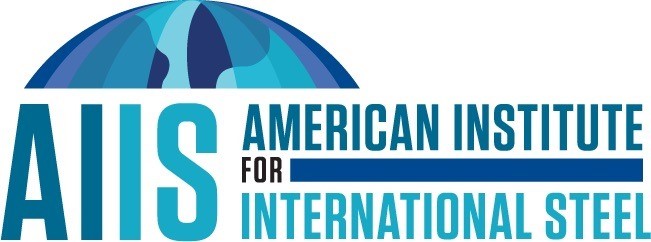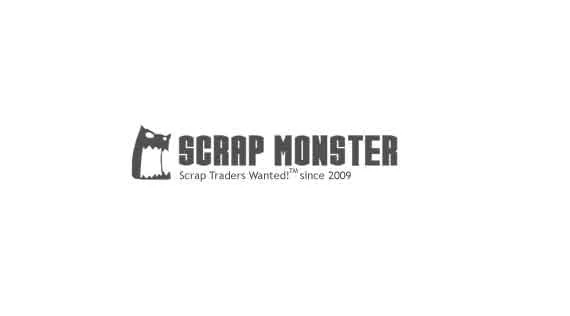
SEATTLE (Scrap Monster): The Steel Import Monitoring and Analysis System (SIMA) administered by the Department of Commerce will be modified effective October 13, 2020. The major change is the requirement that the country where the steel was “melted and poured” be identified in the license application. Other changes include adding coverage for eight additional HTSUS numbers in order to align the license system with the coverage of Section 232 for basic steel mill products; increasing the low-value license to $5,000 and allowing multiple uses; clarifying the reporting and aggregating of certain information in the SIMA monitor; and extending the SIMA program indefinitely. The Final Rule setting forth these changes was published in the Federal Register on September 11, 2020. https://www.federalregister.gov/documents/2020/09/11/2020-19753/steel-import-monitoring-and-analysis-system
SIMA handles both the issuance of import licenses for basic steel mill products, required for entry of the products into the Unites States, and the monitoring system that publishes certain aggregate data on projected imports secured from those licenses. In addition to the changes listed above, modifications not requiring formal regulatory change will include a new modernized website (which will require users to re-register); establishing several new product reporting groups, including separating slab from other semi-finished steel, new line pipe groups for different diameter pipe, and a new “other rails and railroad accessories” group (this will increase the number of reporting groups from the current 53 to 58); and reporting of the data based on the “melted and poured” requirement. Data will continue to be aggregated sufficiently to protect proprietary information. The “melted and poured” data will be retained for a longer time period as it is not also reported in Census data.
The new requirement for information on the country where steel is “melted and poured” is related to the new requirements in the USMCA, where Mexico, Canada and the US have agreed to monitor and, eventually, limit duty preferences, particularly for steel used in automobile manufacturing, based on the country of “melt and pour.” The new rule establishes a definition for “melted and poured” as “the original location where the raw steel is: (A) First produced in a steel-making furnace in a liquid state; and then (B) Poured into its first solid shape. … The first solid state can take the form of either a semi-finished product (slab, billets or ingots) or a finished steel mill product.” The reporting requirement does not apply to raw materials used in steel manufacturing. The information on the country of “melt and pour” will ordinarily be shown on the mill test certificates required to be presented to Customs on all basic steel mill product imports. Producers should review their documents to be certain that information is clear. The requirement applies even if the product imported into the U. S. has undergone several intermediate processing steps, possibly in more than one country, and possibly resulting in a change in the country of origin for the finished product.
The new required information on the country of “melt and pour” may also be found useful in considering or investigating transshipment, circumvention, and/or evasion in AD/CVD cases.
The existing SIMA website used to secure steel import licenses will shut down on October 9, 2020, and the new site will open on October 13, 2020. There will be only a limited availability for manual license processing during the interim.



| Copper Scrap View All | |
| Alternator | 0.42 (0) |
| #1 Copper Bare Bright | 4.38 (0.03) |
| Aluminum Scrap View All | |
| 356 Aluminum Wheels (Clean) | 0.83 (0) |
| 6061 Extrusions | 0.73 (0) |
| Steel Scrap View All | |
| #1 Bundle | 360.00 (0) |
| #1 Busheling | 380.00 (0) |
| Electronics Scrap View All | |